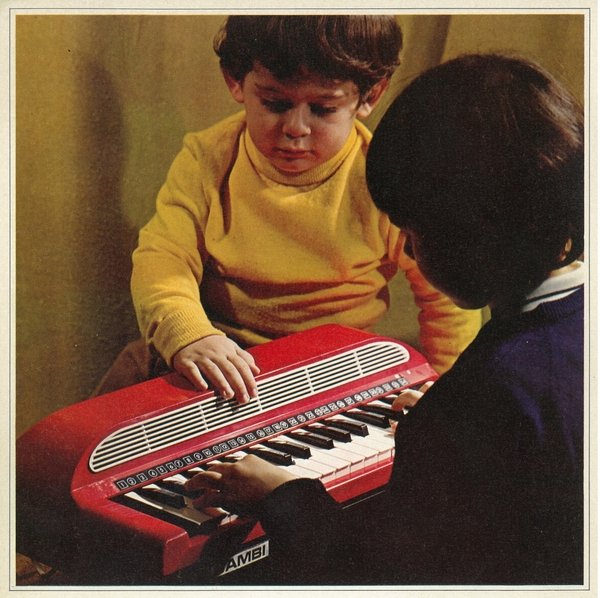Enrico David
dal 14/1/2009 al 2/5/2009
Segnalato da
14/1/2009
Enrico David
Kunstmuseum Basel, Basel
"How Do You Love Dzzzzt by Mammy?" The sculptures, gouaches, embroideries, photographs and installations by the artist feature a broad spectrum of cultural reference systems. The current exhibition circles around just a few elements. At the beginning and end are two photographs that, if considered as two halves, can only unravel with some difficulty. A second installation presents itself as a kind of diorama, a playhouse that exploits the effect of trompe-l'oeil. Curated by Nikola Dietrich.

Curated by Nikola Dietrich
The sculptures, gouaches, embroideries, photographs and installations by Enrico David (*1966 in Ancona, lives and works in London) feature a broad spectrum of cultural reference systems. Among others, these include Arte Povera, assemblage, set design and graphic art motifs from the 1920s and 30s, as well as numerous literary sources and elements from craft tradition. The works are characterised by enigmatic representations of the body, which are distorted or broken down into fragments, expressing the impossibility of a bodily unity. Different elements coalesce into a remnant—a head, limb, or indeterminate swelling.
The current exhibition circles around just a few elements. At the beginning and end are two photographs that, if considered as two halves, can only unravel with some difficulty. The first shows two small boys occupied with a piano. The facial expression of one of them seems discontented, his gesture forced. It is the artist himself, who at the age of three posed as a model for toy instrument advertisements. The second photograph, a strangely ingratiating portrait of a man, stands in stark contrast to the corporeal children pictures. The grotesque display of masculinity, with the unambiguous function of seduction, is repeated with a slightly altered facial expression in another photograph. They come from a mail-order catalogue for sex implements and stand for a certain artificially exaggerated type that can be exchanged at whim.
These two pictures provide the overlay for two larger-than-life balancing figures in wood, wire and paper, whose form is borrowed from a toy design by Koloman Moser for the Wiener Werkstätte from the 1910s. The knobby egg shapes—torso, head and arms merge into a single form—stand on two thin wooden bowlegs and runners. They comprise the center of the exhibition, surrounded by freestanding partition walls, on which the man's faces appear again as large-format mounted pictures. The motifs in the publication that accompanies the exhibition are treated the same way, allowing the pages of the book to be read in parallel to the three-dimensional installation in space.
A second installation presents itself as a kind of diorama, a playhouse that exploits the effect of trompe-l'oeil. We are spectators at a scene based on the Surrealist photo collage vielle femme et enfant (ca. 1935) by Dora Maar. The original picture shows a panelled room, the floor covered with mud, and a boy rubbing up against a woman. David reconstructs the space in its main features, but combines these with very personal materials, based on the bedroom that his father designed for him in the 1970s. The figures in the background have been exchanged for depictions of a wooden doll and the artist himself.
Enrico David moved to London in the late 1980s, where he studied at St. Martin's School of Art. Last year, a comprehensive individual exhibition was presented at the ICA London. Along with the exhibition How Do You Love Dzzzzt by Mammy? a museum brochure is to be published with texts by Manfred Hermes and Darian Leader (German / English).
Generous support for the exhibition and its accompanying publication has been provided by the "Fonds für künstlerische Aktivitäten im Museum für Gegenwartskunst der Emanuel Hoffmann-Stiftung und der Chistoph Merian Stiftung."
Image: How Do You Love Dzzzt by Mammy, 2009, Courtesy: Galerie Daniel Buchholz, Köln/Berlin und Cabinet Gallery London
Press Office
Christian Selz Tel. 0041 (0) 61 2066206 pressoffice@kunstmuseumbasel.ch
Press conference 15 January, 11 am
Kunstmuseum Basel, Museum für Gegenwartskunst
mit Emanuel Hoffmann-Stiftung St. Alban-Rheinweg 60 CH-4010 Basel
Opening Hours
Tue-Sun 11 a.m. – 5 p.m.



